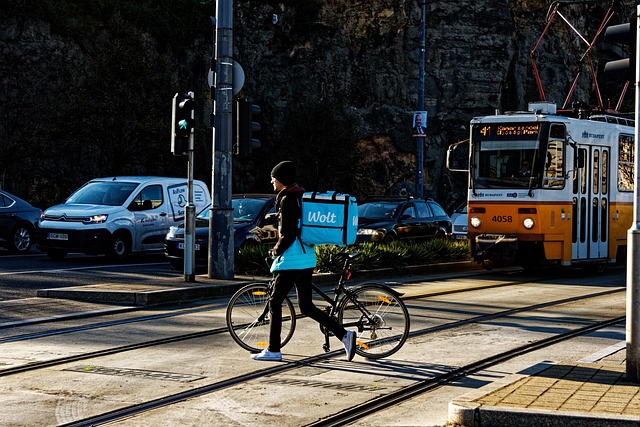Cool roofing systems contractor offer sustainable solutions to reduce energy consumption in hot climates through reflective coatings. These systems minimize heat absorption, lowering indoor cooling demands and costs. White roof systems, with high reflectivity, are popular choices for contractors aiming at year-round efficiency. Specialists ensure optimal installation, preserving building integrity while delivering significant energy savings. Cool roofing reduces environmental impact, lowers utility bills, and enhances building performance, as seen in successful urban implementations like Los Angeles and Houston.
“Discover the transformative power of cool roofing systems in cutting down energy costs and enhancing property efficiency. This comprehensive guide explores reflective roofs, their unique ability to minimize heat absorption, and the subsequent reduction in cooling expenses. From understanding the basics to delving into installation methods, material types, and real-world applications, we provide insights for homeowners seeking sustainable solutions. Learn how a specialist contractor can help you unlock long-term savings with this game-changing technology.”
- Understanding Cool Roofs: Benefits for Your Property
- How Reflective Coatings Reduce Energy Costs
- Types of Cool Roofing Materials and Their Advantages
- Installation Process: Hiring a Specialist Contractor
- Long-Term Savings: A Sustainable Choice
- Real-World Examples: Successful Cool Roofing Projects
Understanding Cool Roofs: Benefits for Your Property

Cool roofs are an innovative solution for property owners looking to reduce energy consumption and lower cooling costs. By reflecting sunlight and heat back into the atmosphere instead of absorbing it, cool roofing systems contractor offer a sustainable and cost-effective way to manage indoor temperatures. This is particularly beneficial in regions with hot climates, where air conditioning accounts for a significant portion of energy usage.
One of the most popular methods for achieving cool roofs is through the installation of reflective roof coatings. These advanced materials are designed to mimic the properties of white roof systems, which have long been recognized as an effective solution for reflecting sunlight. By applying a thin layer of these coatings, contractors can transform traditional roofs into energy-efficient spaces, providing property owners with a longer-lasting and more environmentally friendly alternative to conventional roofing.
How Reflective Coatings Reduce Energy Costs
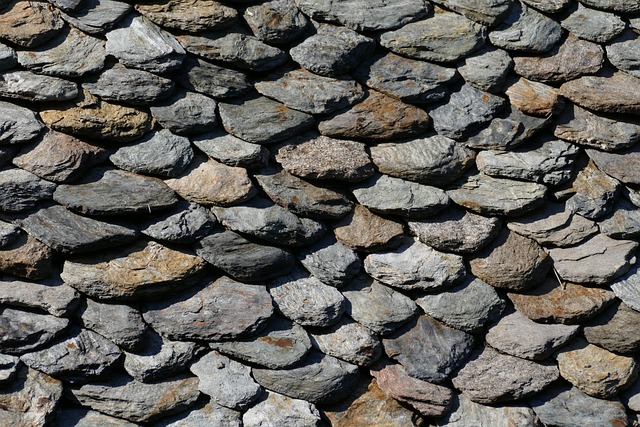
Reflective coatings play a pivotal role in reducing energy costs by minimizing heat absorption. These innovative materials are designed to bounce sunlight and heat away from buildings, unlike traditional dark roofs that absorb solar radiation, leading to increased indoor temperatures and higher cooling demands. By choosing cool roofing systems or applying reflective roof coating, contractors can significantly lower the surface temperature of rooftops. This simple yet effective strategy translates into substantial savings for building owners.
White roof systems, with their high reflectivity, offer an excellent solution for energy-conscious buildings. The reflective roofing materials not only reduce heat transfer but also create a cooler environment, decreasing the workload on air conditioning units. As a result, homeowners and businesses can expect to see a notable drop in their cooling costs, contributing to more sustainable and cost-effective operations throughout the year.
Types of Cool Roofing Materials and Their Advantages
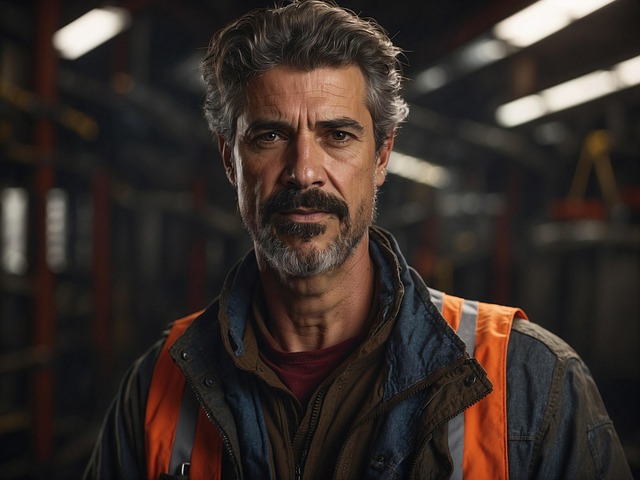
Cool roofing systems have gained significant popularity due to their ability to reduce heat absorption and lower cooling costs. There are several types of cool roofing materials available in the market, each offering unique advantages. One of the most common options is reflective roofing, which features highly reflective surfaces that bounce sunlight away from the building, reducing the amount of heat absorbed. This type of roof coating can be applied to various substrates, making it a versatile choice for both new constructions and retrofits.
Another popular option is white roof systems, designed to reflect a wide range of wavelengths, including infrared, visible, and ultraviolet light. These systems not only provide superior heat reflection but also offer excellent insulation properties, further contributing to energy efficiency. Cool roof coating technologies have evolved to include advanced materials that can withstand extreme weather conditions, ensuring longevity and sustained performance. Contractors specializing in cool roofing are increasingly sought after for their expertise in implementing these innovative solutions, helping property owners achieve significant savings on energy bills and reduced environmental impact.
Installation Process: Hiring a Specialist Contractor

When considering installing a cool roofing system like reflective roofs or white roof systems, it’s crucial to engage a specialist contractor. The installation process requires precise expertise and attention to detail, especially when dealing with materials designed to reduce heat absorption. These professionals are equipped to handle the unique challenges of implementing such technology, ensuring optimal performance and longevity.
A skilled cool roofing systems contractor will begin by assessing your roof’s condition and structure. They’ll determine the best approach, whether it involves applying a cool roof coating or installing innovative white roof systems. This expert guidance is vital to guarantee a seamless installation that respects the integrity of your building while offering significant energy savings.
Long-Term Savings: A Sustainable Choice
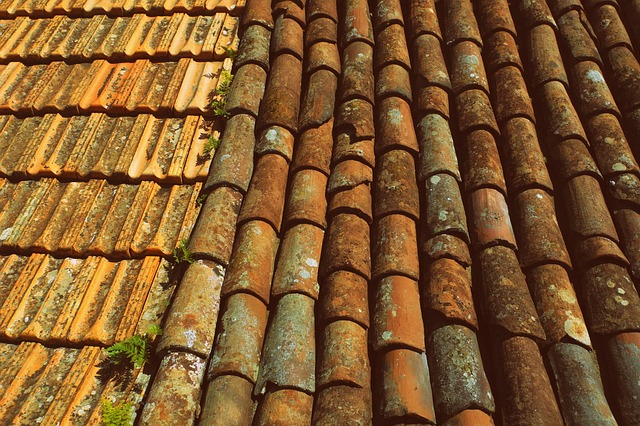
Investing in cool roofing systems isn’t just an immediate solution to lower cooling costs; it’s a long-term commitment to sustainability. These innovative technologies, like reflective roofing and cool roof coating, offer considerable energy savings over time. By reducing heat absorption, these systems decrease the reliance on air conditioning units, thereby lowering electricity bills and environmental impact.
Choosing a white roof system, for instance, can significantly reflect sunlight and reduce indoor temperatures, making buildings more energy-efficient. This simple yet powerful approach not only minimizes cooling costs but also contributes to a greener future. For homeowners and contractors alike, the benefits are clear: lower utility expenses, improved building performance, and a reduced carbon footprint.
Real-World Examples: Successful Cool Roofing Projects
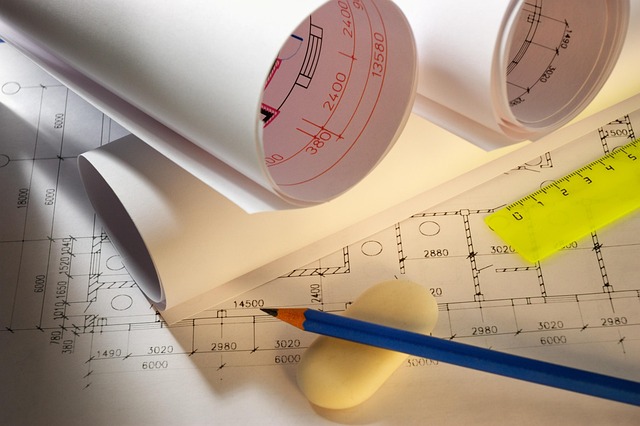
In urban areas, where heat island effects are particularly pronounced, cool roofing systems have proven their worth. One notable example is the city of Los Angeles, which has implemented a range of cool roof projects as part of its sustainable city initiatives. The city’s building code now requires reflective roofing for new constructions and major renovations, leading to significant reductions in energy consumption and carbon emissions. This shift towards cool roofs has not only helped mitigate the urban heat island effect but also provided tangible savings for property owners and reduced the strain on local cooling infrastructure.
Another successful story comes from Houston, Texas, where a major commercial project incorporated a white roof system as part of its design. The reflective roof coating not only reduced the building’s overall temperature but also lowered cooling costs by over 30%. This project served as a testament to the effectiveness of cool roofing in real-world conditions, showcasing how simple yet powerful solutions can make a substantial difference in energy efficiency and sustainability.
